Buckwheat flowers are a symbol of resilience and indomitable spirit. These pristine, pure flowers embody the natural beauty of the plant. Join us as we explore the fascinating facts and cultivation methods of these blossoms!
1 What is Buckwheat Flower?
Origin and Significance of Buckwheat Flowers
Buckwheat flowers, also known as triangular buckwheat or fagopyrum flowers, were first domesticated and cultivated in Southeast Asia before spreading to the Middle East and Europe.
 Buckwheat flowers grown in Ha Giang, Vietnam
Buckwheat flowers grown in Ha Giang, Vietnam
Buckwheat flowers symbolize resilience and fortitude, instilling mental strength in people. Despite their small size, they endure nature’s harshness.
Additionally, buckwheat flowers represent romantic love. Their delicate beauty and gentle fragrance evoke a sweet, innocent, and pure love, much like the way these blossoms stretch towards the warm sun.
Moreover, the flowers are used medicinally to detoxify and cool the body, benefiting health. The blossoms have a unique fragrance, so people dry them to make floral tea. Buckwheat flower tea has a light, refreshing flavor, reminiscent of jasmine. The dried flowers are also used for decoration, adding an elegant touch to greeting cards, table settings, and even sachets.
 Significance of Buckwheat Flowers
Significance of Buckwheat Flowers
Characteristics of Buckwheat Flowers
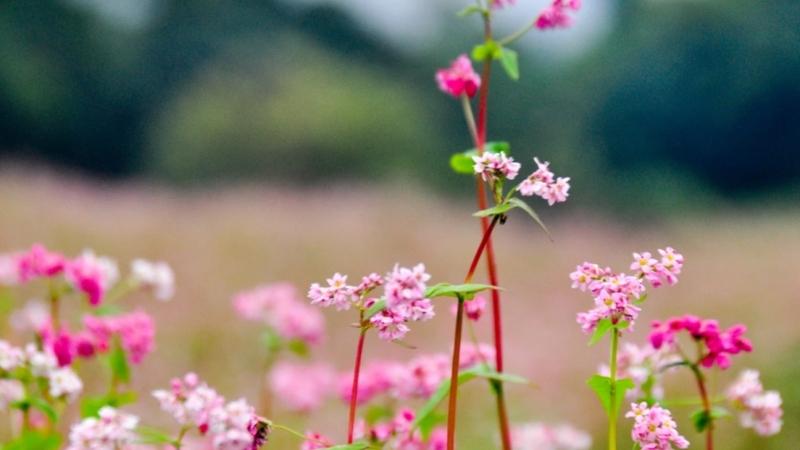 Characteristics of Buckwheat Flowers
Characteristics of Buckwheat Flowers
Buckwheat is an herbaceous plant belonging to the knotweed family, with a height ranging from 0.4 to 2 meters. Its stem is cylindrical and branched, usually red or green in color. The leaves are light green and shaped like hearts or spearheads. The flowers bloom in dense clusters at the tips of the branches and can be white, light purple, or pink.
Buckwheat flowers are in season from June to October, sometimes even later.
2 Benefits of Buckwheat Flowers
Health Benefits
Buckwheat seeds are highly nutritious, containing , , minerals, and . They help regulate blood sugar levels, promote overall health, and reduce the risk of diabetes.
Buckwheat seeds also contain heart-healthy compounds like , , and certain proteins.
 Health benefits of buckwheat seeds
Health benefits of buckwheat seeds
Beauty Benefits
Not only are buckwheat seeds beneficial for health, but they also contribute to beauty. Due to the presence of , buckwheat can be used to create , a natural humectant. It helps exfoliate the skin, leaving it with a rosy glow, and is particularly effective in removing toxins, resulting in healthier and smoother skin.
Regularly drinking buckwheat tea is another way to enhance your beauty!
 Beauty benefits of buckwheat seeds
Beauty benefits of buckwheat seeds
Culinary Uses
Buckwheat seeds are a type of cereal rich in protein and fiber, making them a versatile ingredient in various dishes and beverages that promote health, such as stir-fried buckwheat with vegetables, buckwheat porridge, and buckwheat tea.
 Culinary uses of buckwheat seeds
Culinary uses of buckwheat seeds
3 How to Grow and Care for Buckwheat Flowers
Growing Buckwheat Flowers at Home
Estimate the mature plant’s size to select an appropriately sized container. Choose a pot that is at least 5 cm taller than the expected height and ensure it has drainage holes.
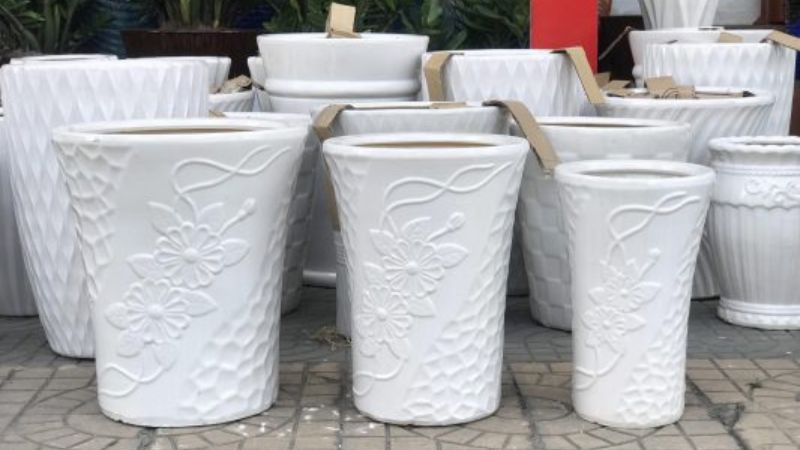 Preparing a container for planting
Preparing a container for planting
Step 2 Prepare the Soil
Use well-drained, nutrient-rich soil that is easy to permeate. Remove weeds, raise the beds, and eliminate pest and disease-causing bacteria from the soil. Then, break up the soil into small pieces and water it to make it soft and fluffy.
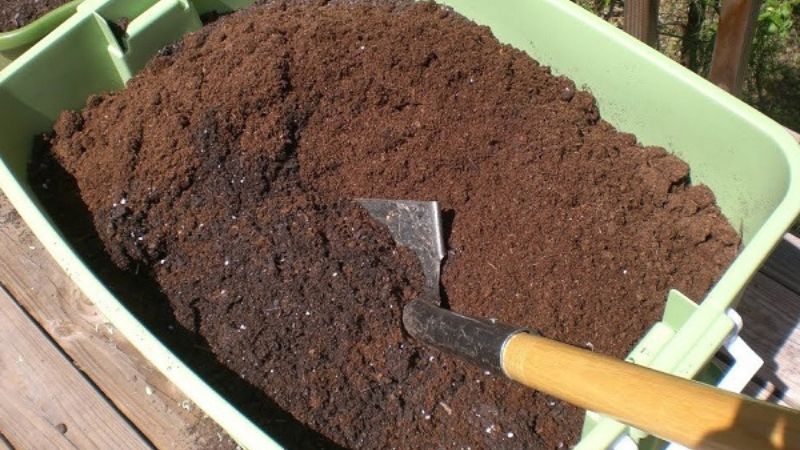 Preparing the soil
Preparing the soil
Step 3 Prepare Buckwheat Seeds
Soak the seeds in warm water overnight or for 2 hours before planting. Then, place them on a damp, cold towel for 2 days to allow the seeds to crack before planting them in moist sand or soil.
 Preparing buckwheat seeds for planting
Preparing buckwheat seeds for planting
Step 4 Sowing Seeds
Avoid planting buckwheat seeds too deep or too shallow. Deep planting makes it difficult for the seedlings to emerge, while shallow planting causes the seeds to dry out and struggle to germinate.
The ideal sowing depth is 1-2 cm. In sandy and dry soil, you can go a little deeper, but not more than 6 cm, to ensure the seeds can emerge from the ground.
Control the sowing depth, and if you can manage the soil moisture, sow shallowly. If the soil is too dry, sow deeper.
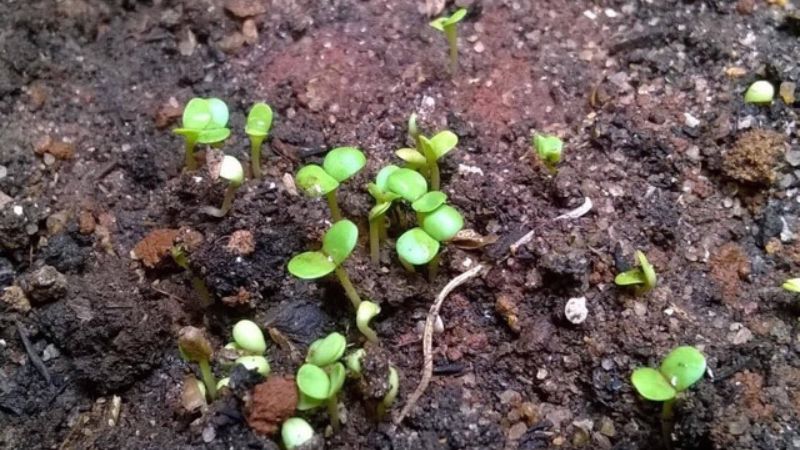 Sowing buckwheat seeds
Sowing buckwheat seeds
Caring for Buckwheat Flowers
Watering
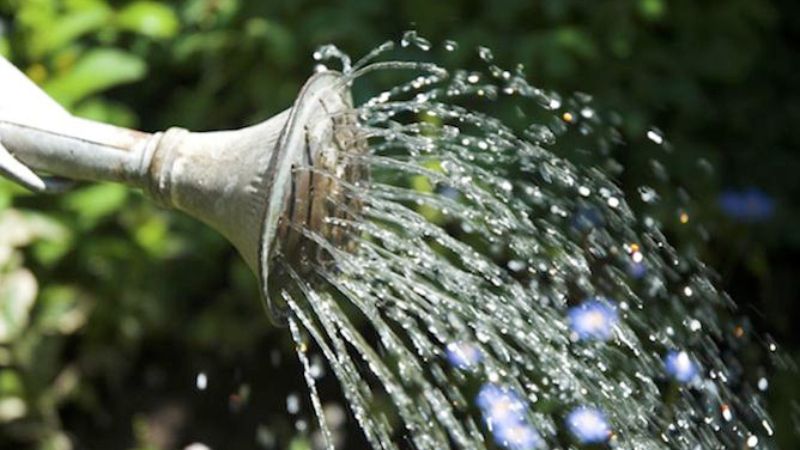 Watering buckwheat flowers
Watering buckwheat flowers
Water the plants in the early morning to ensure optimal absorption and avoid watering during the hottest part of the day, as it may cause the flowers to wither and die.
Using rice washing water to irrigate the plants can provide additional benefits, as it contains beneficial bacteria that help control harmful ones and provide extra nutrients.
Fertilizing
 Fertilizing buckwheat flowers
Fertilizing buckwheat flowers
When the first leaves appear and before the plant starts to bud, apply nitrogen-rich fertilizer and growth stimulants. As the plant begins to flower, use superphosphate fertilizer. Organic fertilizers, such as compost or manure, are ideal.
Pest and Disease Control
Treat the plants with insecticides to prevent insects from damaging the crop and hindering its growth.
4 Notes on Growing and Caring for Buckwheat Flowers
 Notes on caring for buckwheat flowers
Notes on caring for buckwheat flowers
When purchasing buckwheat flower seeds or seedlings, opt for reputable and quality plant nurseries or garden centers.
Minimize the use of pesticides when growing buckwheat, as they can be toxic to bees and other beneficial insects.
Buckwheat stems are relatively weak, so provide support with stakes to ensure the plants grow strong and upright.
5 8 Beautiful Images of Buckwheat Flowers
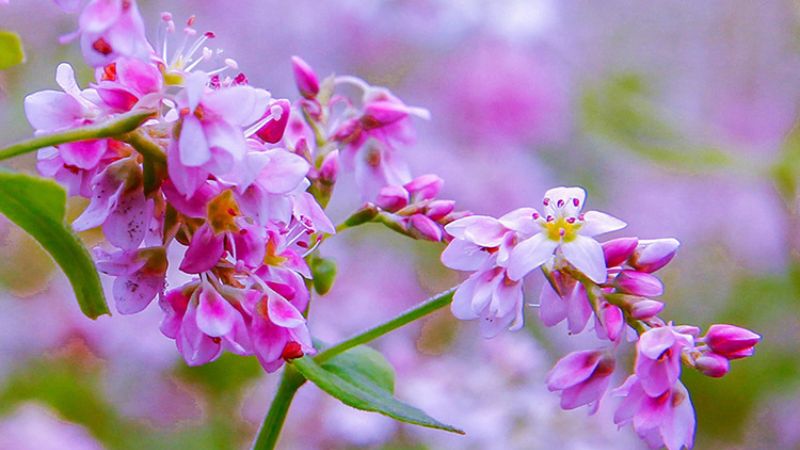 Vibrant pink buckwheat flowers
Vibrant pink buckwheat flowers
 Buckwheat flowers embodying purity
Buckwheat flowers embodying purity
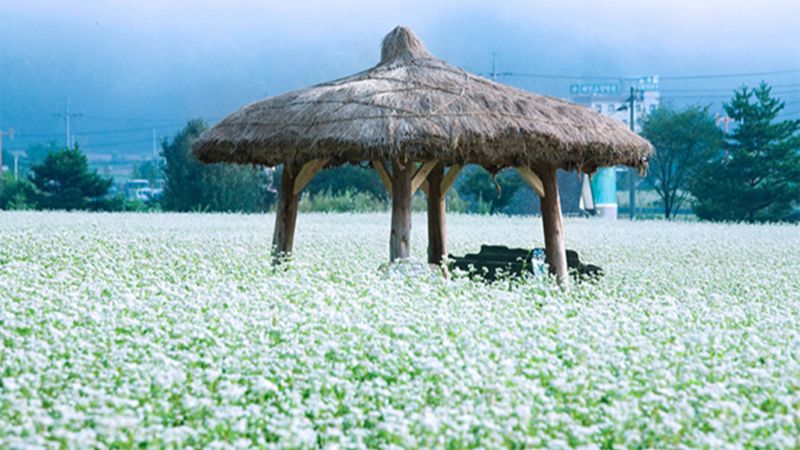 A field of buckwheat flowers
A field of buckwheat flowers
 Buckwheat flowers with a magical, ethereal beauty
Buckwheat flowers with a magical, ethereal beauty
 Buckwheat flowers in a variety of colors
Buckwheat flowers in a variety of colors
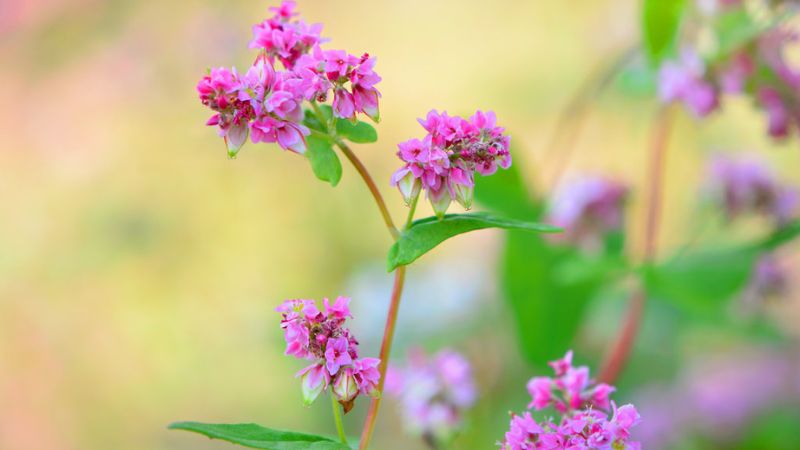 Buckwheat flowers soothing a wounded soul
Buckwheat flowers soothing a wounded soul
 Buckwheat flowers with a strong vitality
Buckwheat flowers with a strong vitality
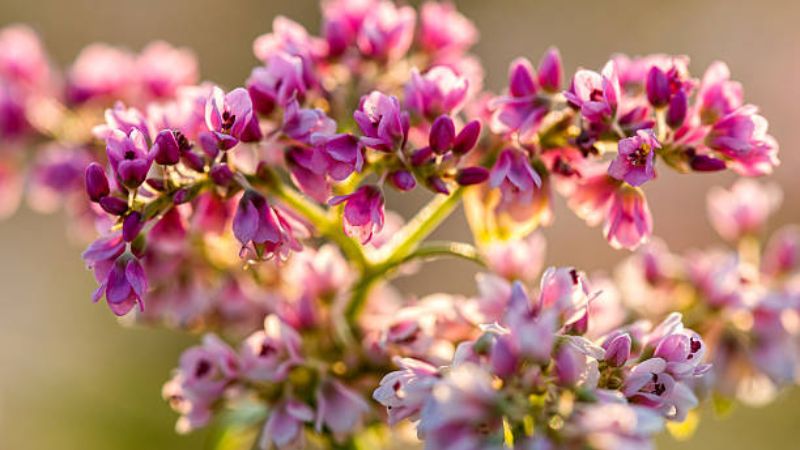 Buckwheat flowers with a gentle fragrance
Buckwheat flowers with a gentle fragrance
This concludes our guide to buckwheat flowers, including their significance, benefits, and cultivation methods. We hope it inspires you to add a touch of color and beauty to your garden!



































